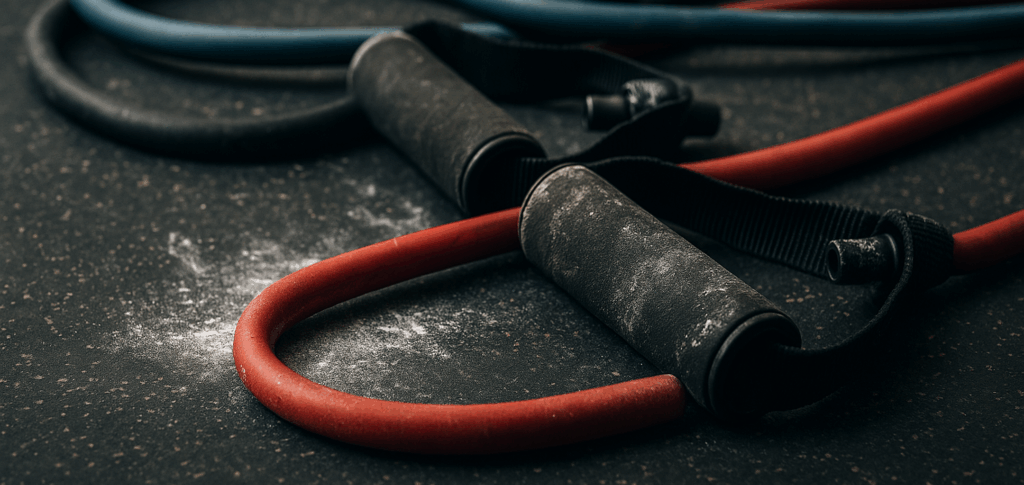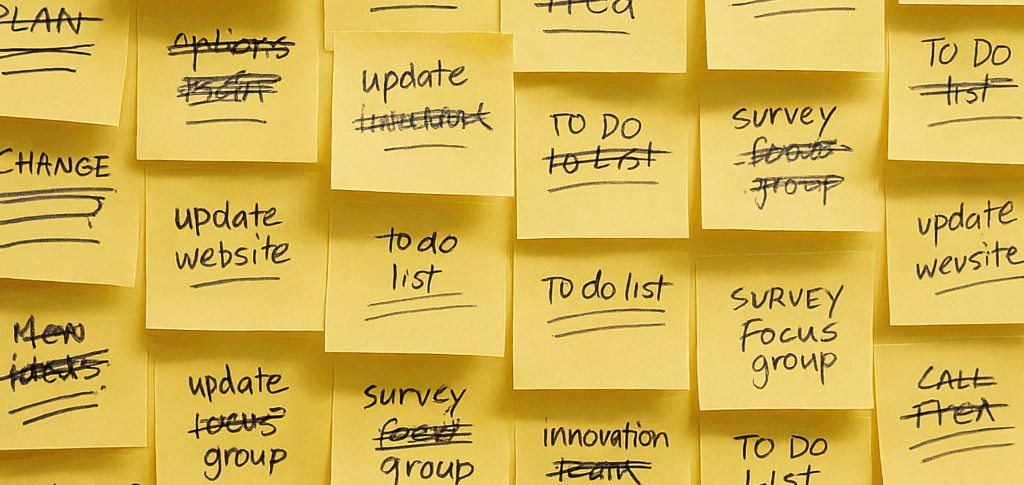
Most people think reinvention is something you do once. You quit the job, end the relationship, move to a new city, start the new business. Cue the triumphant soundtrack and the glossy “after” montage. The movie ends, the credits roll, and somehow you’re supposed to live happily ever after in your new life.
I used to believe that, too, until my own reset button got slammed so hard it cracked the board. Family, relationships, social circles, career… all of it unraveled in a short stretch of time. If reinvention really was a one-and-done moment, I should have been finished right there. No second act, no comeback, nothing.
But here’s what saved me: I’d been here before. Not this exact scenario, not this level of upheaval, but enough close calls to know that starting over isn’t a special occasion… it’s a skill. Over years, I had built a quiet habit of dismantling and rebuilding my life in big and small ways. That practice became my lifeline when everything changed at once.
Reinvention, I realized, is like a muscle. You can’t will it into existence the moment you need it. You have to work it long before the crisis comes. You have to put it under tension, stretch it, give it rest, and then push it again. It’s in the micro-movements, the subtle, daily acts of change, that you become strong enough to handle the macro-ones.
We love the drama of the “big pivot,” the story that changes in a single moment. But real reinvention? It’s more like training for a marathon you didn’t know you’d signed up for. The moment you hit the starting line isn’t when you become a runner. It’s when you find out whether you’ve been training all along.

The Myth of the One-Time Reinvention
We’re wired to love the idea of a single, decisive transformation. It’s why makeovers, comeback stories, and “ten years later” reveals are so addictive, they give us the illusion that change can be fast, dramatic, and permanent. But the problem with this thinking is simple: once you believe you’ve “arrived,” you stop moving. And that’s when the muscle atrophies.
Corporate history is littered with examples. Take Blockbuster. In the ’90s, they reinvented brilliantly, transforming from small video rental shops into a national empire with thousands of stores. For a while, they owned Friday nights in America. But when streaming emerged, they treated it as a fad. They’d already had their big reinvention… why train again? That single decision cost them everything.
Now look at Netflix, which started as a DVD rental-by-mail company. They could have stopped there, content with one successful pivot. Instead, they kept moving: from DVDs to streaming, from streaming to original content, from original content to global expansion, and now into gaming and interactive storytelling. Reinvention isn’t just part of their strategy… it is their strategy.
The lesson here isn’t about technology or business models. It’s about mindset. Blockbuster believed reinvention was a one-time event, something you check off the list. Netflix understood it was a discipline, a continual state of readiness to evolve.
In our own lives, the trap looks similar. You make the leap: quit the job, start the business, move across the country, etc. and think you’ve crossed the finish line. But without ongoing training, you lose the very adaptability that got you there. Reinvention isn’t about doing it once. It’s about doing it again and again, in ways big and small, so when the world changes (and it will), you can change with it.

How Muscles Work, and Why Reinvention is the Same
If you’ve ever trained for anything, running, weightlifting, even yoga, you know muscles don’t grow by accident. They grow through a cycle: apply stress, recover, repeat. Push too hard without rest and you get injured. Skip the stress altogether and you stay weak. It’s a dance between challenge and restoration.
Reinvention works the same way.
1. Tension builds strength.
Muscles only adapt when they’re placed under resistance. In life, that resistance comes from discomfort… the awkward first networking event, the uncertain career pivot, the new skill you feel clumsy trying. These moments create the “micro-tears” that make your reinvention muscle stronger.
2. Recovery is where growth happens.
After you train, the real growth happens in the downtime, when the muscle repairs itself. Reinvention needs recovery, too. This is the reflection phase, when you process what you’ve learned, integrate new habits, and give yourself permission to catch your breath before the next push.
3. Consistency beats intensity.
One monster workout won’t transform you. But small, consistent training sessions will. Reinvention isn’t about the occasional big leap; it’s about the regular micro-adjustments (saying yes to one new project, experimenting with one new tool, building one new connection) that accumulate into lasting change.
4. Plateaus are part of the process.
In training, plateaus mean your muscles have adapted and you need a new stimulus. In life, they’re a sign you’ve mastered your current season and it’s time for the next challenge. If you’re bored, restless, or on autopilot, that’s your cue to increase the weight.
When you see reinvention as a muscle, you stop waiting for life to force change on you. You train for it. You put it under just enough tension to grow without burning out. You learn to recover, to adapt, to keep showing up. And when the “big one” hits… the layoff, the loss, the unexpected detour, you’re not scrambling for strength. You already have it.

Building Your Reinvention Muscle
Knowing that reinvention is a muscle is one thing. Training it is another. You don’t need to upend your life every six months to stay adaptable, in fact, that’s a great way to pull something. Instead, think of it like a workout program: steady, deliberate, and scalable.
1. Micro-shifts over massive overhauls.
Big leaps are exciting, but they’re also exhausting. Focus on small experiments you can sustain: try one new approach in your work, change one habit in your daily routine, or tackle one challenge you’ve been avoiding. These tiny reps add up.
2. Deliberate practice.
Muscles grow when you train with intention, not when you flail around and hope for results. Set aside time for reinvention work: an hour a week to learn a skill, research an unfamiliar field, or connect with people outside your usual circle.
3. Feedback loops.
Athletes improve by reviewing their performance and adjusting. You can do the same: after you try something new, reflect on what worked, what didn’t, and what you’d tweak next time. Keep the wins, rework the misses, and move forward.
4. Cross-train your creativity.
If you’re a designer, take a cooking class. If you’re a CEO, learn improv. Exposing yourself to new disciplines strengthens the neural pathways that make you adaptable. Fresh inputs fuel fresh ideas.
5. Build recovery into the plan.
Training without rest leads to burnout. Same with reinvention. Give yourself seasons where you maintain instead of push, where you process instead of perform. This keeps you sharp for the next pivot.
6. Surround yourself with other “athletes.”
It’s easier to train when the people around you are moving in the same direction. Build a network of friends, peers, and mentors who value adaptability and can challenge you to keep evolving.
When you train your reinvention muscle intentionally, you stop seeing change as an emergency. Instead, it becomes part of your normal rhythm, something you’re already warmed up for when life inevitably shifts.

Living in Permanent Beta
In the tech world, “beta” means the product is functional but still in testing. It’s out in the world, gathering feedback, improving through updates. Permanent beta is the acknowledgment that you’re never finished… you’re always learning, refining, upgrading.
That’s the mindset of someone with a strong reinvention muscle.
Permanent beta means you’re not waiting for the next big crisis to adapt. You’re curious by default. You try things, knowing some will flop. You take feedback without letting it define you. You accept that the “final version” of you doesn’t exist, and that’s the point.
Living this way isn’t about constant hustle or relentless change for its own sake. It’s about staying limber. It’s about being more interested in growth than in guarding your current identity. It’s about holding your skills, roles, and even your self-image lightly enough that you can set them down when they no longer fit.
The people and companies that thrive aren’t the ones who never face disruption. They’re the ones who have trained for it, who’ve made reinvention a natural reflex. They’re not scrambling to get in shape when the storm hits, they’re already in motion.
So here’s your challenge: what’s one small “rep” you can do today? Not a life overhaul. Not a grand gesture. Just one movement toward the version of yourself you haven’t met yet. Do that, and then another, and another. Over time, you’ll stop seeing reinvention as a terrifying leap into the unknown, and start seeing it as the warm-up you do before the real work begins.
Because reinvention isn’t a moment you wait for. It’s a muscle you train for life.
Click here to take the Reinvention Quiz and get started today.
